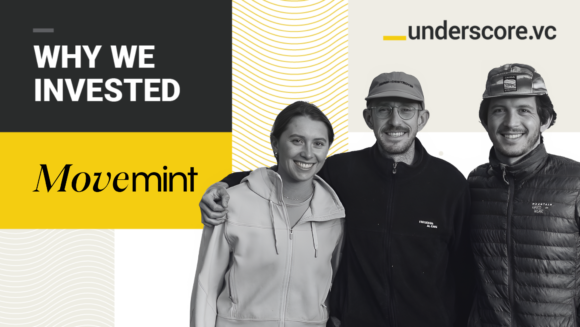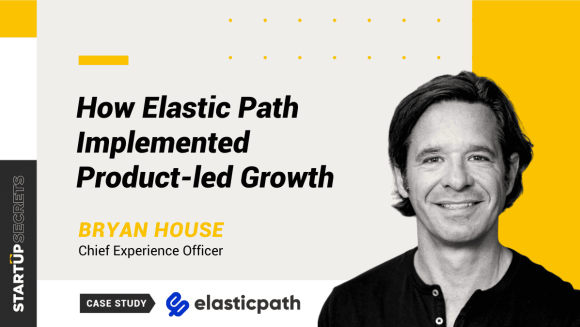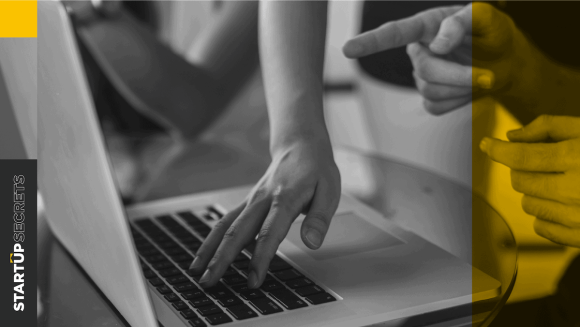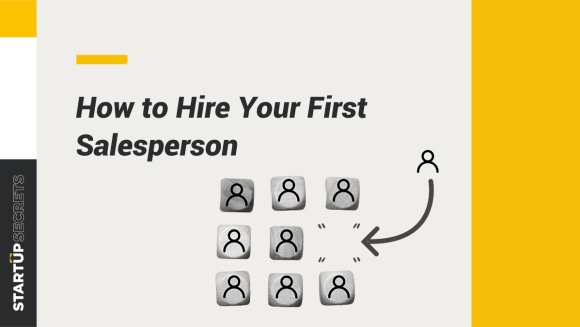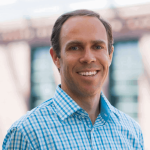Helen Adeosun, Founder and CEO, launched CareAcademy in 2013 to enable frontline health workers to access healthcare education at the touch of a button. By delivering high-quality online caregiver training for home care agencies, they’re “‘Netflix-izing’ healthcare education,” she says. Today, CareAcademy serves roughly 1,300 customers, reaching a quarter million direct care workers.
Having raised a Series A in June 2020, the company was still at an early stage when Covid-19 began spreading across the US in early 2020. “Covid exacerbated everything,” says Helen. Suddenly, the market landscape changed drastically; up-market customers, like hospital systems, had an urgent need for community healthcare, and the company’s growth was sharply accelerated.
“A common mistake startups make is that their go to market doesn’t grow up with the company,” Helen says. For CareAcademy, Covid-19 was a steep inflection point. It became clear that their go-to-market strategy had to evolve. Here’s how Helen led the company through these adjustments.
Hold Space for Thinking Ahead
At the earliest stage, Helen says startups are often reactive. You’re running a mile a minute, and looking ahead can fall to a lower priority. Plus, “You probably can’t afford to be proactive because your runway doesn’t allow for it,” she adds.
“But you get to a certain inflection point when you have to look at just beyond the now,” she says. With the Covid market shift, Helen knew they needed to be ahead of customers to provide a truly end-to-end service. So to shift their thinking to proactive, she asked:
- What will our world look like in a year?
- How about five years beyond that?
- How do we show up within top customer sets across these different fields?
- How do we push forward the opportunity to work with them?
- How do we push the entire industry forward to meet this future?
By doing this look ahead thinking, the CareAcademy team was able to convey a clear value-add to these up-market customers—how CareAcademy could train and support their care workers, helping them streamline some of their most important functions.
“It’s about holding the space for that thinking,” Helen says. “As you grow as a company, you as a CEO and your leadership team can be more mindful of it.” After creating that mental space, she honed in on two specific areas: customer understanding and pricing and packaging.
Refine Your Customer Understanding
As they worked to reach product-market fit, CareAcademy originally focused on home care agencies. They helped caregivers get trained, boosting operational efficiency and their ability to care for the end recipient of care (their clients).
But rethinking their go-to-market strategy forced them to take a step back from assumptions about the market. They had to refine their customer understanding.
“I always tell founders: You are your first head of product and head of sales,” says Helen. “But at some point, as your company matures, you have to open up new conduits of information gathering to make much more informed decisions.”
“We needed to step back and say, okay, healthcare is changing; homecare is changing; the whole landscape is changing. So how do we think about who our customers are and the assumptions we’re making about them?”
To test and refine this understanding, they went through a new exercise. Helen outlined the process:
- Invite objective stakeholders: Who can share insights based on their own relevant experiences?
- Gather all of our knowledge about customers: What are you internalizing about your customer?
- With this new data, create a new set of assumptions: What are their needs, fears, hopes, and challenges?
- Internalize this new set of assumptions: What has changed? What has stayed the same?
- Map your go-to-market strategy accordingly: How will you adapt to these new market needs?
- Regularly review these assumptions: What cadence makes the most sense for your customer base?
“These assumptions are changing in real-time, so this process is ongoing, and it must be baked into the DNA of your company,” says Helen.
To keep a pulse on customers, she sets aside one to two hours every month to call customers. This shows the customer that they care, and it also enables her to maintain a first-hand sense of their needs. “No matter what stage, you’re never too old as a company to do that,” she says.
Revise Your Pricing and Packaging
As part of re-mapping their go-to-market strategy, CareAcademy also revised their pricing and packaging. Helen says it’s a common mistake to leave your pricing and packaging created around old assumptions.
In general, when it comes to pricing, “You’re never in good shape; you’re just in better shape than you were before,” she says. In short: always be repricing and repackaging.
Check for alignment between your abilities, your product roadmap, and your customer needs.
- What do customers want?
- How much of it do they want?
- How do they want it delivered?
- Are you providing customers with what they want and need?
- Do your offerings match customer expectations?
- What are their other options?
This isn’t about gathering more information. “It’s about opening up your CRM and helpdesk platform and seeing what’s being reported back to you,” says Helen. “When are you losing deals? When do customers have complaints? Where are they confused?”
By making space to look ahead of the market, revisiting customer assumptions, and revising pricing and packaging, CareAcademy has mechanized a highly effective go-to-market strategy—and was able to capitalize on rapid market changes.
Hear all her insights by tuning into our Fireside Chat with Helen Adeosun, a Core Collective Series event.


